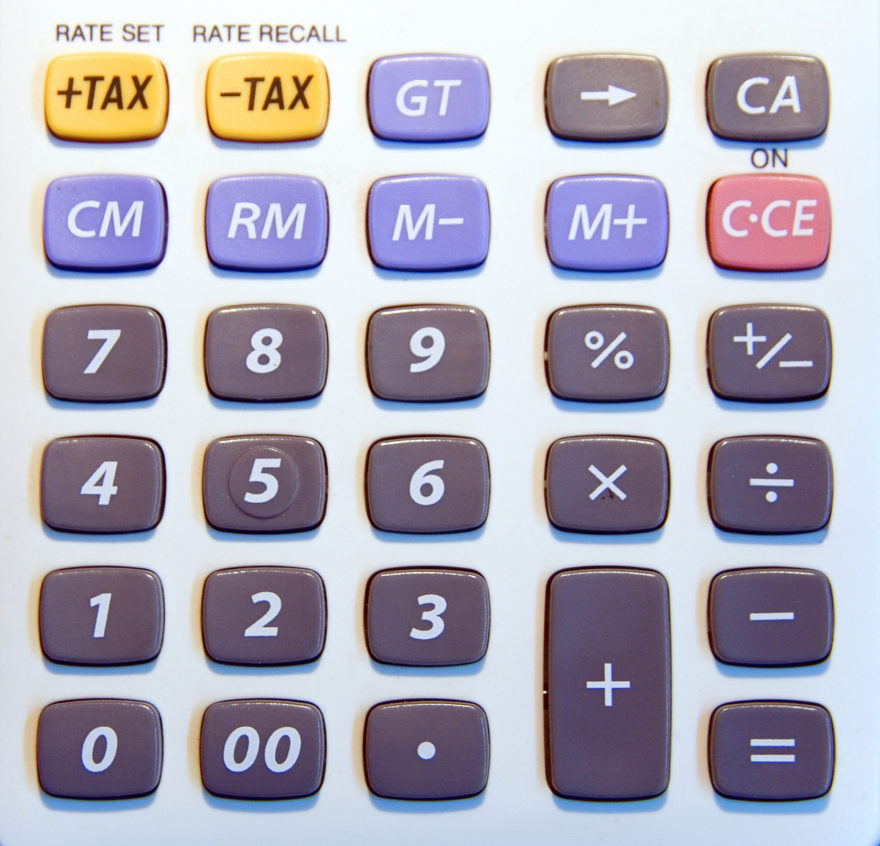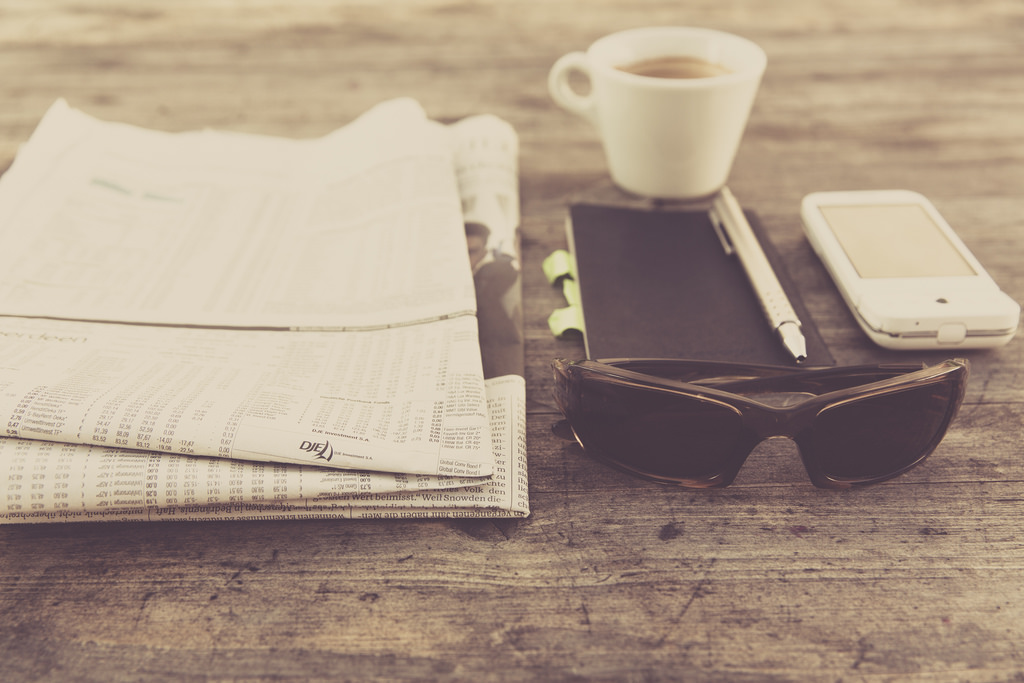The Coronavirus Aid, Relief, and Economic Security CARES Act approved this weekend eliminates Required Minimum Distributions from retirement accounts for 2020. If you have an inherited IRA, also known as a Stretch or Beneficiary IRA, there is also no RMD for this year. We are going dive into ideas from the CARES Act RMD changes and also look at its impact on charitable giving rules.
Of course, you can still take any distribution that you want from your retirement account and pay the usual taxes. Additionally, people who take a premature distribution from their IRA this year will not have to pay a 10% penalty. And they will be able to spread that income over three years.
RMDs for 2020
Many of my clients have already begun taking their RMDs for 2020. (No one would have anticipated the RMD requirement would be waived!) Can you reverse a distribution that already occurred? Not always. However, using the 60-day rollover rule, you can put back any IRA distribution within 60 days.
If you had taxes withheld, we cannot get those back from the IRS until next year. However, you can put back the full amount of your original distribution using your cash and undo the taxable distribution. You can only do one 60-day rollover per year.
For distributions in February and March, we still have time to put those distributions back if you don’t need them. Be sure to also cancel any upcoming automatic distributions if you do not need them for 2020.
If you are in a low tax bracket this year, it may still make sense to take the distribution. Especially if you think you might be in a higher tax bracket in future years. An intriguing option this year is to do a Roth Conversion instead of the RMD. With no RMD, and stocks down in value, it seems like a ideal year to consider a Conversion. Once in the Roth, the money will grow tax-free, reducing your future RMDs from what is left in your Traditional IRA. We always prefer tax-free to tax-deferred.
Charitable Giving under the CARES Act
Congress also thought about how to help charities this year. Although RMDs are waived for 2020, you can still do Qualified Charitable Distributions (QCDs) from your IRA. And for everyone who does not itemize in 2020: You can take up to $300 as an above-the-line deduction for a charitable contribution.
Also part of the CARES Act: the 50% limit on cash contributions is suspended for 2020. This means you could donate up to 100% of your income for the year. This is a great opportunity to establish a Donor Advised Fund, if significant charitable giving is a goal.
Above the $300 amount, most people don’t have enough itemized deductions to get a tax benefit from their donations. Do a QCD. The QCD lets you make donations with pre-tax money. Of course, you could do zero charitable donations in 2020 and then resume in 2021 when the QCD will count towards your next RMD. But I’m sure your charities have great needs for 2020 and are hoping you don’t skip this year.
The Government was willing to forgo RMDs this year to help investors who are suffering large drops in their accounts. To have to sell now and take a distribution is painful. However, if you already took a distribution, you are not required to spend it. You can invest that money right back into a taxable account. In a taxable account, the future growth could receive long-term capital gains status versus ordinary income in an IRA. I’ll be reaching out to my clients this week to explain the 2020 CARES Act RMD rules. Feel free to email me if you’d like our help.






